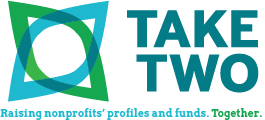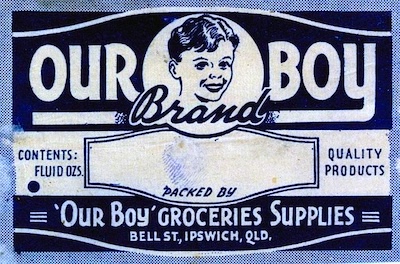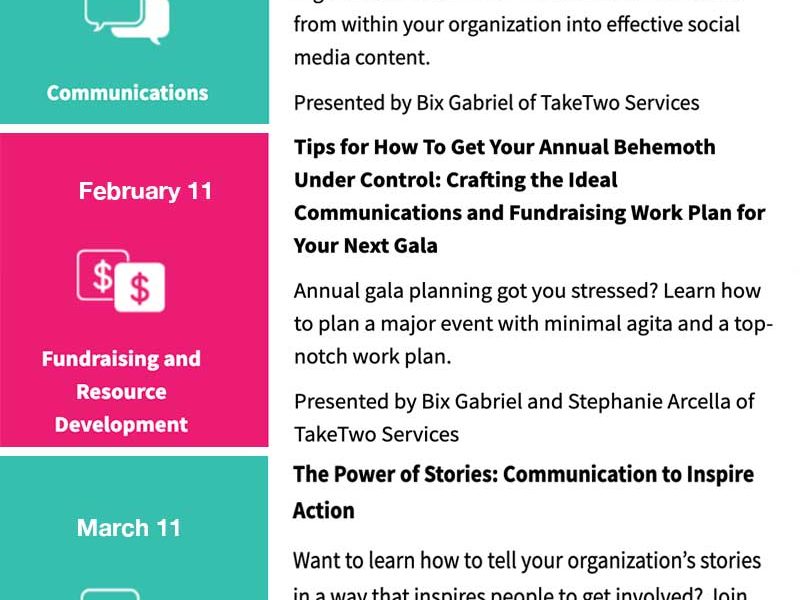
What’s The One Thing Your Major Donors Want To Know?
In our work with major donors to nonprofits over the years, what we’ve seen is that donors want to know what impact their money has made – what has resulted, what change, what positive outcome.
This seems pretty straightforward, and we know that the words “impact”, “outcomes”, and “results” are bandied about the nonprofit world all the time. But, thinking about this from a communications perspective shifts the entire frame for how we engage with donors.
How? Rather than spending time, energy, and money to send your donors updates on all the excellent workshops, events, programs, and activities you’re doing, send them one or two tangible “proofs” that your organization is making a difference, having an impact on people’s lives, creating change.
Here’s an example of a shift in frame:
What we’re doing: This year, we’re hosting an exciting new series of workshops that will bring together 55 residents to learn about the benefits of recycling in… etc. etc.
What resulted: This year, 55 residents changed their recycling policy so that their household waste isn’t dumped in toxic landfills.
Now, this may sound reductive and simplistic, and sometimes it is. But most of the time it’s also just simple: Donors, like most other humans, are looking for the satisfaction that they – through their investment in your organization – are making a real, tangible difference, that they are somehow helping solve problems.
Your work as a nonprofit is to help them feel part of the solution.
I want to flag a few things with this approach:
- This is a good solution for individuals. Foundations and other grant making organizations have different requirements, which they’re pretty clear about.
- Some of your major donors may well be interested in your processes, the on-the-ground work. Of course, keep telling them what you are doing.
- I’m not advocating for cutting back your communications to donors to one update a year (when you also ask them to give again!) Instead, my suggestion is to maximize your time and money by communicating answers to the question “what do my donors want to know?”. A few donor-centered communications through out the year (once every quarter) can be the most effective and efficient communications you make.






